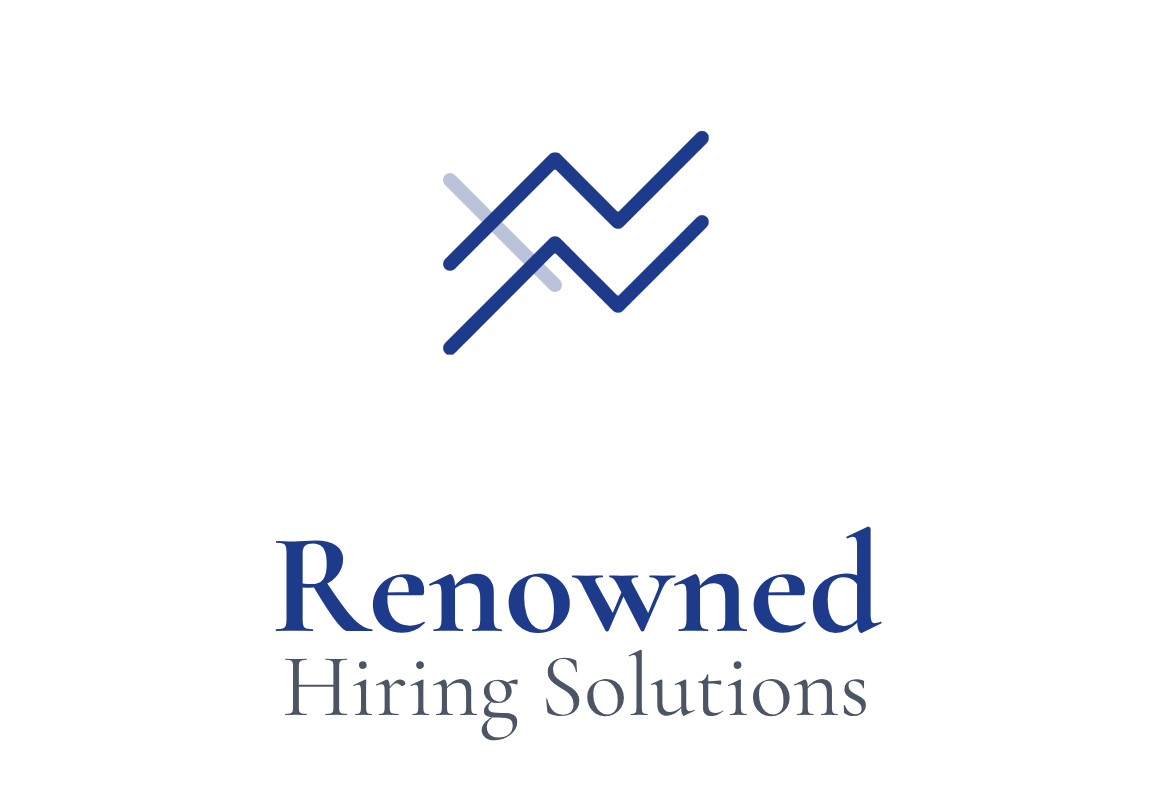The U.S. healthcare system is grappling with an unprecedented healthcare workforce crisis of scale and complexity. This isn’t a fleeting, post-pandemic labor crunch but a deep, structural deficit driven by powerful demographic and economic forces. The widening gap between the escalating demand for care and the shrinking supply of clinical professionals poses a fundamental threat to patient access, care quality, and the financial stability of healthcare organizations nationwide. Understanding the quantitative dimensions of this healthcare workforce crisis is the first step for any leader tasked with navigating its challenges.
The Alarming Scope of the Healthcare Workforce Crisis Shortages
The physician deficit is a significant concern, with projections consistently pointing to a growing shortage. The Association of American Medical Colleges (AAMC) projects a total physician shortage of up to 86,000 by 2036, a figure notably smaller than previous forecasts, but contingent on continued and increased investment in Graduate Medical Education (GME) from federal and state governments. Without this funding, the AAMC cautions that these growth trajectories will not materialize, and the shortfalls will be significantly larger. In stark contrast, the Health Resources and Services Administration (HRSA) presents a more severe outlook, projecting a total shortage of 187,130 full-time equivalent (FTE) physicians by 2037, meaning the nation’s physician supply will meet only 84% of the projected demand in that year. The nearly 100,000-physician gap between these two authoritative projections underscores a critical reality for strategic planners: the future is not a fixed point.
The healthcare workforce crisis extends profoundly into nursing and allied health professions, which form the backbone of daily care delivery. HRSA projects a shortage of 207,980 FTE Registered Nurses (RNs) and a staggering 302,440 FTE Licensed Practical Nurses (LPNs) by 2037. The situation for LPNs, vital to hospital and long-term care settings, is deteriorating rapidly; their projected supply in 2037 will meet only 64% of demand, a precipitous drop from a projected 80% adequacy in 2027. Allied health professions also face substantial shortfalls, including dispensing opticians (36,820), pharmacists (17,030), physical therapists (9,140), and respiratory therapists (6,480) by 2037.
Paradoxically, while shortages plague many essential roles, there’s a rapid growth in the supply of Nurse Practitioners (NPs) and Physician Assistants (PAs). The supply of these advanced practice providers (APPs) is projected to increase by 66% and 37%, respectively, between 2024 and 2034. HRSA projects a surplus of NPs and PAs by 2035, with the supply of primary care NPs potentially reaching 205% of demand. This creates a “bimodal workforce reality” – a simultaneous crisis of scarcity in some of the largest health professions (RNs, LPNs, physicians) and a growing surplus in others (NPs, PAs). This structural realignment necessitates a redesign of care teams to effectively leverage the expanding APP workforce to fill the gaps left by the shrinking supply of physicians and nurses.
Key Factors Fueling the Healthcare Workforce Crisis
Two powerful, long-term, and irreversible demographic trends are propelling the healthcare workforce crisis. On the demand side, an aging U.S. population is requiring more care. By 2036, the U.S. population aged 65 and older is projected to grow by 34.1%, while the cohort aged 75 and older will expand by an even more dramatic 54.7%. Because older Americans utilize more healthcare services, this demographic wave will place immense and sustained pressure on the healthcare system. Simultaneously, the supply of healthcare professionals is being hollowed out by a wave of retirements. The clinical workforce is significantly older than the general labor force; more than two in five currently active physicians will be 65 or older within the next decade, with 20% of the clinical physician workforce already over 65. The situation for nurses is analogous, with an average RN age of 43.4 years and a large cohort nearing retirement age. This “great retirement” is a present reality that will accelerate, creating a vacuum of experience and clinical capacity.
Clinician burnout is a chronic condition endemic to the healthcare system, acting as a primary driver of attrition. In 2024, 49% of physicians reported feelings of burnout, and 76% of all healthcare workers reported being exhausted and burned out. The drivers are systemic: an overwhelming administrative burden, exemplified by the constant battle with prior authorization requests; an alarming culture of workplace violence, which nearly 8 in 10 healthcare workers have experienced; and the vicious cycle where understaffed units lead to heavier workloads and more intense pressure on remaining staff, which in turn accelerates their burnout and departure. This emotional and physical exhaustion translates directly into a high “intent to leave”; recent data shows that 41% of nurses and 28.7% of all healthcare workers plan to leave their jobs within the next two years.
While compensation is a critical lever in recruitment and retention, the current environment is marked by a growing disconnect between pay and the perceived value of the work. For physicians, pay growth has stagnated after a brief post-pandemic surge, with the average compensation increase in 2024 at only 2.9%, one of the lowest rates since 2011. This financial reality, coupled with rising workload and stress, has led to a situation where 53% of physicians feel they are not fairly compensated for their work. For nurses, competitive compensation is an essential component of any retention strategy. The 2024 national average RN salary was approximately $98,430 per year, but this figure masks vast geographic disparities, with average salaries ranging from over $148,000 in California to around $72,000 in South Dakota. This wide gap fuels nurse migration to higher-paying states and creates immense competitive pressure for health systems in lower-paying regions.
The long-term health of the workforce depends on a robust educational pipeline, yet this pipeline is showing signs of significant strain. For nursing, enrollment in entry-level baccalaureate programs fell by 1.4% in 2022—the first such decline in two decades. Nursing schools report that their capacity is constrained by a shortage of qualified faculty and a lack of available clinical placement sites for students. For physicians, the training pathway is exceptionally long, taking a minimum of 11 years in the U.S.. The primary bottleneck remains the number of available residency training slots, artificially limited by a federal funding cap since 1997.
Even when qualified candidates are available, many healthcare organizations are losing them due to their own slow, cumbersome, and outdated hiring processes. In a hyper-competitive talent market, speed and efficiency are paramount, yet 57% of healthcare hiring leaders reported that their time-to-hire increased in 2024. The average time to fill a position for an experienced medical/surgical RN is 94 days, and for some physician specialties, the search can drag on for more than 200 days. These delays are often the result of internal operational failures, such as a lack of qualified candidates (47%), untrained or underprepared interviewers (44%), and frequent interview cancellations or reschedules (41%). Poor communication with candidates and slow decision-making by hiring managers lead to high rates of candidate dropouts and no-shows.
The Rural-Urban Divide: A Tale of Two Healthcare Systems in the Healthcare Workforce Crisis
The national healthcare workforce crisis is not uniformly distributed. It is a story of geographic maldistribution, with a deep and widening chasm between urban centers and rural communities. For the 20% of the U.S. population living in rural America, the workforce shortage translates into a daily reality of limited access, longer travel times, and poorer health outcomes.
The data on provider-to-population ratios paints a stark picture of the rural-urban divide. Rural (nonmetro) areas have only 5.1 primary care physicians per 10,000 residents, significantly lower than the 8.0 per 10,000 in urban areas. This pattern holds for other critical professions; for registered nurses, the ratio is 65.3 per 10,000 in rural areas compared to 93.6 in urban settings. The physician maldistribution is particularly acute: while rural areas are home to 20% of the U.S. population, only 10% of the nation’s physicians choose to practice there. Over two-thirds (66.3%) of all primary care HPSAs are located in rural areas. HRSA’s projections to 2037 forecast that nonmetro areas will face a devastating 60% shortage of physicians, a rate six times higher than the 10% shortage projected for metro areas. For RNs, the projected shortage is more than double in nonmetro areas (13%) compared to metro areas (5%).
In the most extreme cases, this scarcity creates “medical deserts”—entire regions with little to no access to care. As of 2022, 7.8% of U.S. counties had no primary care physician whatsoever. This lack of local access forces rural patients to travel significant distances for routine and specialty care, a burden directly linked to delayed diagnoses, poorer management of chronic conditions, and worse overall health outcomes.
The concentration of shortages in rural America stems from a complex interplay of economic, social, educational, and policy factors. Rural communities often struggle to compete with urban centers on salary and benefits. Beyond compensation, they face challenges in attracting providers due to limited employment opportunities for spouses and a perception of professional and social isolation. The pipeline of future rural providers is constricting; the number of medical school entrants from rural backgrounds fell by 28% between 2002 and 2017. The ongoing crisis of rural hospital closures, which are more prevalent in states that have not expanded Medicaid, directly eliminates local access points and healthcare jobs.
Strategies for a Resilient Future Against the Healthcare Workforce Crisis
Addressing this magnitude of healthcare workforce crisis demands a fundamental shift in strategy. The path forward is not a single initiative but a multi-faceted ecosystem of solutions that integrates technology, redefines the value of work, and embraces new models of care delivery and staffing.
- Redefining the Employee Value Proposition (EVP): In a market where talent has choices, compensation alone is not enough. The most successful organizations are crafting a holistic Employee Value Proposition (EVP) that addresses the total work experience. Healthcare professionals, particularly younger generations, increasingly prioritize factors like having supportive managers, flexible work arrangements, and a positive workplace culture over marginal differences in pay. Fostering a culture of collaboration, respect, and inclusion has become a core retention strategy, involving transparent communication and structured recognition programs. Crucially, the new EVP must include tangible investment in professional growth, such as comprehensive onboarding programs, formal mentorship programs, and clear career ladders.
- Leveraging Technology: Technology is emerging as a critical tool for tackling the root causes of the healthcare workforce crisis. Artificial intelligence (AI) and automation are being deployed to directly attack the administrative burdens that drive clinician burnout. AI-powered platforms, including virtual scribes and automated documentation tools, can reduce the time spent on paperwork, allowing clinicians to reclaim time for direct patient care. Technology is also essential for modernizing the broken recruitment process. Modern talent acquisition suites, including Candidate Relationship Management (CRM) systems, allow organizations to move from reactive to proactive hiring, building talent pipelines, automating communication, and streamlining scheduling.
- Innovative Staffing and Care Delivery Models: The traditional staffing model of fixed, full-time shifts is becoming obsolete. Flexibility is now a core demand of the clinical workforce, with an overwhelming 98% of healthcare leaders seeing increased demand for “gig-style” roles, and 78% of nurses citing flexibility as their top motivator. Organizations are rapidly expanding internal float pools, increasing the use of per diem staff, and experimenting with creative arrangements like job-sharing. This shift in staffing is happening in parallel with a shift in the location of care, as healthcare delivery steadily migrates outside the hospital walls. Home-based care and outpatient services are projected to see significant volume increases through 2034, requiring a workforce configured and trained for these distributed environments. Virtual care, including telehealth and virtual nursing platforms, is a key enabler, expanding patient access and creating more flexible and geographically independent roles for clinicians.
- Modernizing the Recruitment Playbook: To compete for scarce talent, healthcare organizations must adopt the sophisticated marketing and engagement tactics common in other industries. Digital outreach is now a digital-first endeavor, including targeted paid media campaigns on social and professional networks, developing compelling career landing pages, and hosting virtual career fairs and informational webinars. Leading employers are differentiating themselves with creative and high-value benefits, such as student loan repayment programs, with Vanderbilt University Medical Center’s program offering nurses up to $24,000 in loan repayment. Other innovative offerings include fertility benefits, adoption assistance, eldercare support, and a wide array of onsite convenience perks. Creating a superlative candidate experience is crucial; best-in-class organizations treat candidates like valued customers, meticulously scripting the interview visit for out-of-town prospects, including everything from five-star travel arrangements to city tours, and ensuring prompt and frictionless reimbursement for travel expenses.
- Policy and Advocacy: While internal innovation is essential, the largest levers for change often lie at the state and federal policy level. Healthcare organizations must be active advocates for systemic reforms that expand the talent pipeline and remove barriers to practice. Key advocacy priorities include lobbying Congress to lift the 1997 cap on Medicare-supported GME residency slots to increase the supply of new physicians, and pushing for the permanent expansion of programs like the Conrad 30 J-1 visa waiver, which is a vital source of physicians for rural and underserved communities. At the state level, a major focus is on modernizing scope of practice laws to allow NPs, PAs, and other professionals to practice to the full extent of their education and training. Supporting interstate licensure compacts is another key priority, as they increase workforce mobility, reduce administrative barriers for clinicians, and are critical for the effective deployment of telehealth services across state lines.
The challenges presented by the healthcare workforce crisis are immense, but they are not insurmountable. For the healthcare leaders who can read the data, understand the interconnected nature of the problems, and execute a bold, integrated strategy, the current crisis presents an opportunity to build a more resilient, efficient, and ultimately more human-centered healthcare workforce for the future.







